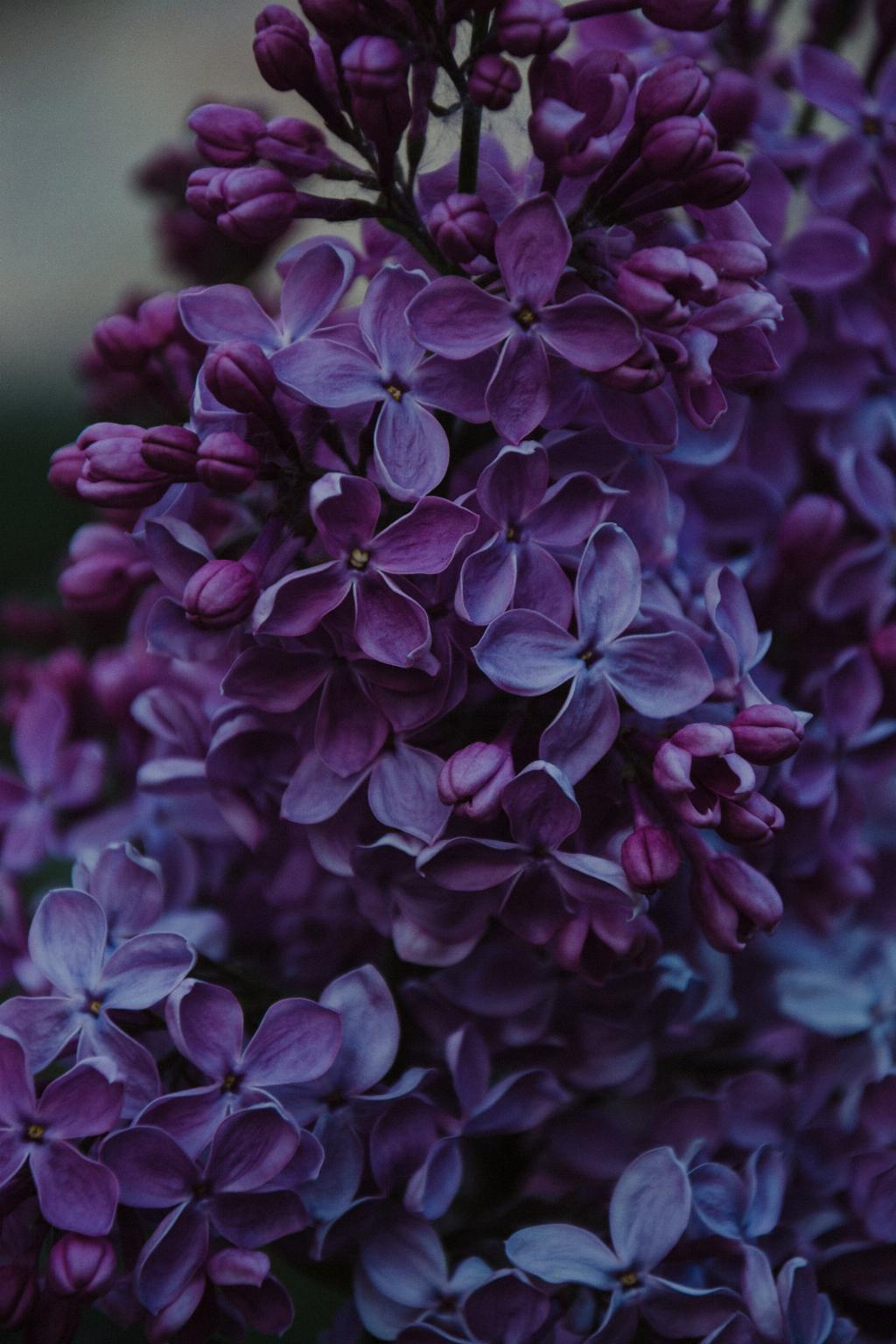When it comes to caring for your lilacs, proper watering is key. It is essential to water them at soil level rather than watering overhead. This helps prevent moisture-related issues and promotes healthy growth. Lilacs are relatively low maintenance plants once established, making them a great addition to your garden.
During dry conditions, it is recommended to water your lilacs weekly. In periods of extreme heat, you may need to water them more frequently to ensure they stay hydrated. Keep an eye on the moisture levels in the soil and adjust your watering schedule accordingly to prevent wilting or distorted leaves, which are signs of dehydration.
Aside from watering, lilacs benefit from regular fertilization. Use a balanced fertilizer in early spring to promote blooming and overall plant health. Be mindful not to over-fertilize, as this can lead to excessive foliage growth at the expense of flowers.
Pruning is another important aspect of lilac care. Deadheading spent flowers not only improves the overall appearance of the plant but also encourages new growth and blooming. Additionally, you can prune older branches to stimulate fresh growth and improve air circulation within the plant.
It is crucial to provide adequate sun exposure for your lilacs. These plants thrive in full sun conditions, requiring at least six hours of direct sunlight per day. Choose a well-drained spot in your garden with sufficient sunlight to ensure your lilacs flourish.
Proper soil conditions are also essential for the health of your lilacs. Ensure the soil is well-draining to prevent waterlogged roots, which can lead to root rot. You can amend heavy clay soil with organic matter such as compost to improve drainage and fertility.
Regular mulching is beneficial for lilacs as it helps retain moisture, suppresses weeds, and moderates soil temperature. Apply a layer of organic mulch around the base of the plant, keeping it several inches away from the stem to prevent rot and disease.
Protecting your lilacs from pests and diseases is crucial to their long-term health. Keep an eye out for common issues such as powdery mildew, aphids, and borers. Utilize organic pest control methods when possible and address any pest or disease problems promptly.
One often overlooked aspect of lilac care is proper air circulation. Prune overcrowded branches to increase airflow within the plant, reducing the risk of fungal diseases. Adequate spacing between plants also helps promote good air circulation and prevent overcrowding.
While lilacs are relatively hardy plants, they can benefit from occasional rejuvenation pruning. Every few years, consider removing older wood to encourage fresh growth and maintain the plant’s vigor. This practice helps prevent the plant from becoming leggy and promotes a healthy, compact shape.
Lastly, regular monitoring and observation of your lilacs are key to identifying and addressing any issues promptly. Keep an eye on the plant’s overall health, bloom quality, and foliage appearance. By being proactive in your care routine, you can ensure your lilacs thrive and adorn your garden with their beautiful blooms for years to come.

